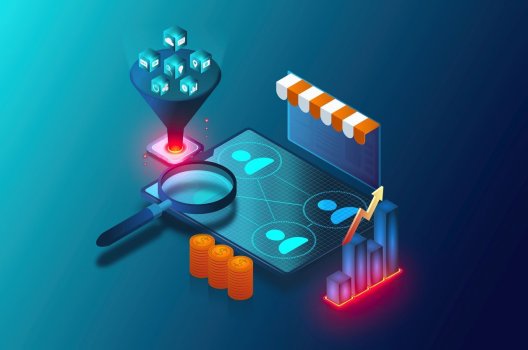Leadership In Times Of AI-Driven Automation
- Technology Solutions
- 0 Replies
The global AI market in 2021 reached a staggering value of $327.5 million. Meanwhile, 76% of businesses in a study by Algorithmia report a preference for AI learning over other IT objectives.
Clearly, AI is a topic of interest everywhere. It can maximize engagement with stakeholders while also helping companies run optimally.
What are the applications for AI in business?
Researchers are already studying the next form of AI. These changes in technology are also affecting leadership roles. Today, AI has a cross-domain presence. Here are a few areas being affected:
1. It enhances customer satisfaction.
AI delivers a unique marketing experience to customers. Many companies are investing in improving CX across the entire customer journey. One of the benefits of AI is its capacity to improve customer interaction. For instance, 82% of customers report having interacted with chatbots—a practice resulting in brand loyalty and higher conversion rates.
2. It can uncover new insights for business analytics.
Many businesses are combining AI and human decision-making to perform everyday tasks more efficiently and effectively. We already know that AI can remove manual actions with automation for flawless operations and improved productivity. But partnered with real-time data, it can also help companies monitor and simulate their processes, analyze potential outcomes and make the right decisions on time.
3. It provides automation for sales and marketing.
Utilization of AI in business accurately is growing increasingly crucial for sales and marketing teams. In its ability to automate mundane marketing tasks, it can enable the team to re-focus their time on business leads and client confirmations. It's also being utilized on social media to target advertisements based on market segmentation.
Continue reading:
https://www.forbes.com/sites/forbesbusinessdevelopmentcouncil/2022/09/12/leadership-in-times-of-ai-driven-automation/?sh=5af4f9d227cb
Clearly, AI is a topic of interest everywhere. It can maximize engagement with stakeholders while also helping companies run optimally.
What are the applications for AI in business?
Researchers are already studying the next form of AI. These changes in technology are also affecting leadership roles. Today, AI has a cross-domain presence. Here are a few areas being affected:
1. It enhances customer satisfaction.
AI delivers a unique marketing experience to customers. Many companies are investing in improving CX across the entire customer journey. One of the benefits of AI is its capacity to improve customer interaction. For instance, 82% of customers report having interacted with chatbots—a practice resulting in brand loyalty and higher conversion rates.
2. It can uncover new insights for business analytics.
Many businesses are combining AI and human decision-making to perform everyday tasks more efficiently and effectively. We already know that AI can remove manual actions with automation for flawless operations and improved productivity. But partnered with real-time data, it can also help companies monitor and simulate their processes, analyze potential outcomes and make the right decisions on time.
3. It provides automation for sales and marketing.
Utilization of AI in business accurately is growing increasingly crucial for sales and marketing teams. In its ability to automate mundane marketing tasks, it can enable the team to re-focus their time on business leads and client confirmations. It's also being utilized on social media to target advertisements based on market segmentation.
Continue reading:
https://www.forbes.com/sites/forbesbusinessdevelopmentcouncil/2022/09/12/leadership-in-times-of-ai-driven-automation/?sh=5af4f9d227cb
























